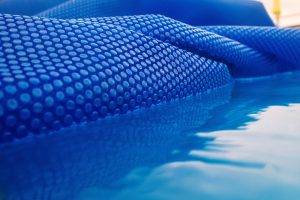Hello all.
We are planning to open a small Learn to Swim program in Port Antonio, Jamaica. The piece of land we got is right on the edge of the sea. Our funds are limited ( in fact we only have a little portion of what is needed, but will be doing a fundraising), so we can not afford to build a real concrete pool, so we are thinking of buying an above ground ones to import here. Right now looking at the Saltwater 5000 oval 33x18. I am looking for an advises/suggestions of what system to use:
SWG? Regular chlorine system? Use sea water? What pool kit is better? Where should we buy ( or not to buy)? Etc
Keeping in mind the environment and limited access to equipment and absolutely zero qualified support. If anyone is willing to volunteer and lead us through the process we will be very grateful.
We are planning to open a small Learn to Swim program in Port Antonio, Jamaica. The piece of land we got is right on the edge of the sea. Our funds are limited ( in fact we only have a little portion of what is needed, but will be doing a fundraising), so we can not afford to build a real concrete pool, so we are thinking of buying an above ground ones to import here. Right now looking at the Saltwater 5000 oval 33x18. I am looking for an advises/suggestions of what system to use:
SWG? Regular chlorine system? Use sea water? What pool kit is better? Where should we buy ( or not to buy)? Etc
Keeping in mind the environment and limited access to equipment and absolutely zero qualified support. If anyone is willing to volunteer and lead us through the process we will be very grateful.


